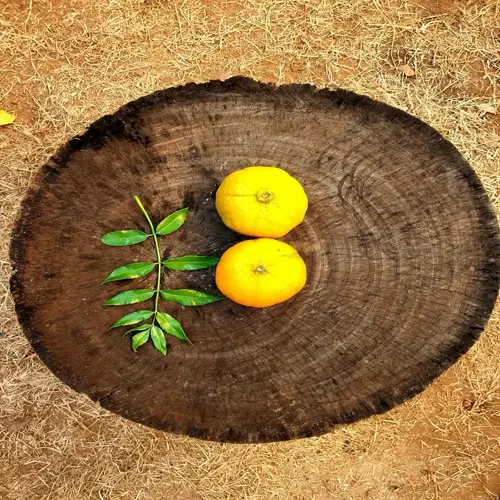How do peat alternatives benefit plant health?

Written by
Michael Sullivan
Reviewed by
Prof. Martin Thorne, Ph.D.Peat substitutes produce healthier plants than peat moss because they provide a balanced soil ecosystem. Peat is sterile, while the alternatives are compactable and introduce beneficial microorganisms that help fight disease naturally. The plants have a better immune system and utilize nutrients more effectively in these biologically active environments.
Compost
- Introduces bacteria suppressing root diseases
- Provides slow-release nutrients reducing fertilizer burn
- Improves soil structure for deeper root penetration
Coconut Coir
- Maintains consistent moisture preventing drought stress
- Neutral pH allows optimal nutrient absorption
- Prevents compaction ensuring root oxygenation
Wood Chips
- Creates air channels for vigorous root growth
- Hosts mycorrhizal fungi improving phosphorus uptake
- Insulates roots from temperature extremes
Rice Hulls
- Adds silica strengthening cell walls
- Prevents waterlogging and associated root rot
- Lightweight structure prevents soil compaction
The microbial networks of compost help to protect plants against diseases. One reason for this is the colonization of roots by beneficial bacteria, such as Bacillus subtilis, which form protective barriers around the roots. Fungal networks facilitate the efficient transport of nutrients. These living systems produce plants that are more tolerant of diseases than those grown in sterile peat media.
Coir holds the right amount of moisture, preventing stress variations. The water retention keeps the roots moist without being excessive. The consistency prevents blossom end rot in tomatoes and cracking in carrots. Plants spend their energy growing instead of recovering from the drought.
Wood chips vastly improve aeration in the root zone. Their structure creates permanent air shafts, which allow deep penetration of roots. The aeration causes stronger anchor roots and more efficient nutrient utilization. Compared to the peaty soils, plants develop root systems that are 30% larger within one season.
Visible health benefits appear rapidly during the transition. Sturdier stems, darker foliage, and more flowers can be expected in weeks. Naturally disease-resistant environments are created for gardens, thereby reducing the need for pesticides. These alternatives foster self-sufficient ecosystems that enable plants to thrive in the long term.
Read the full article: 10 Best Peat Moss Alternatives for Gardens

